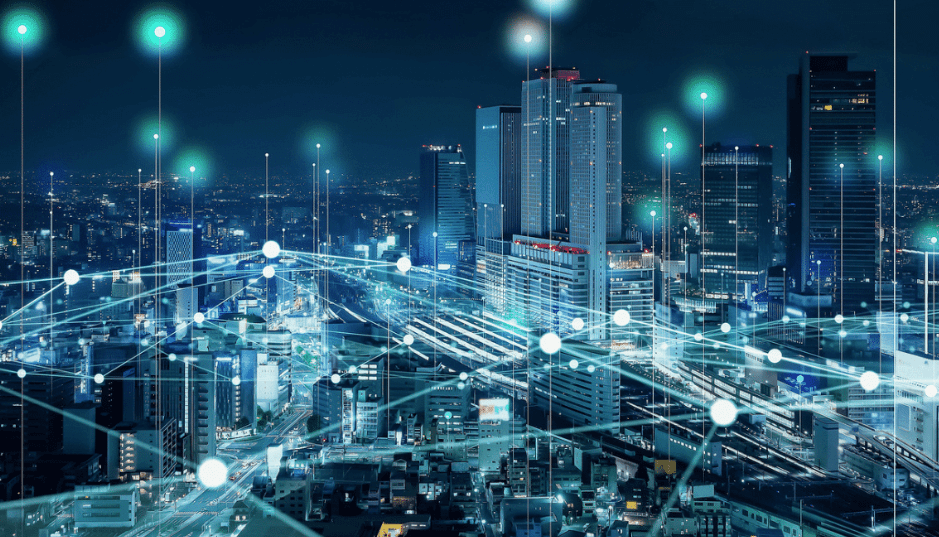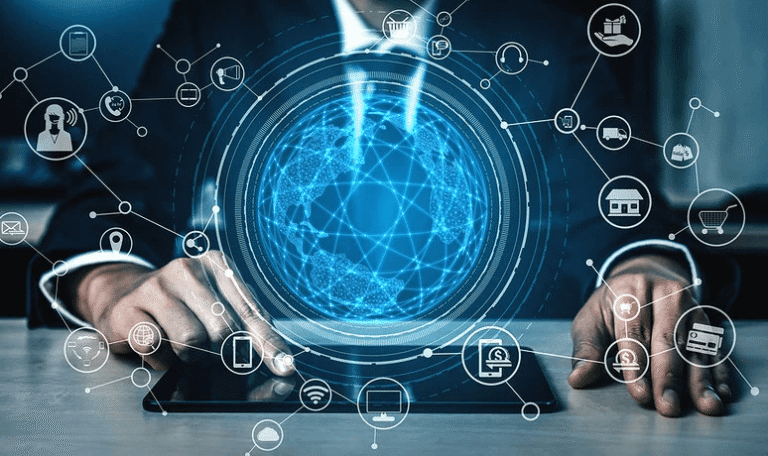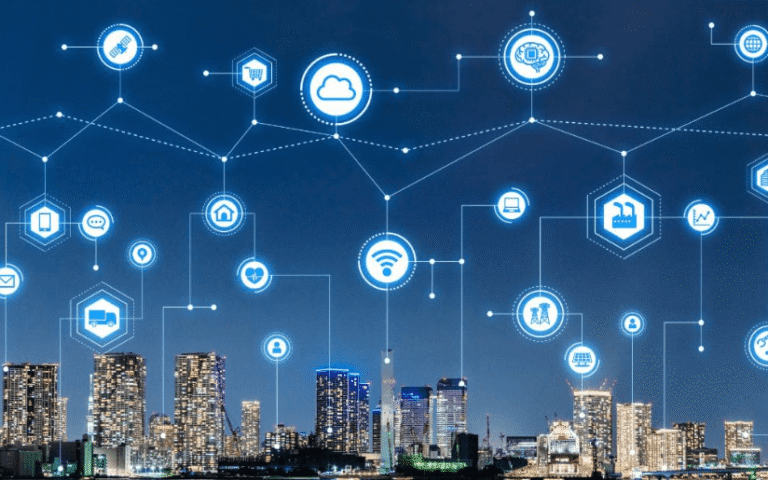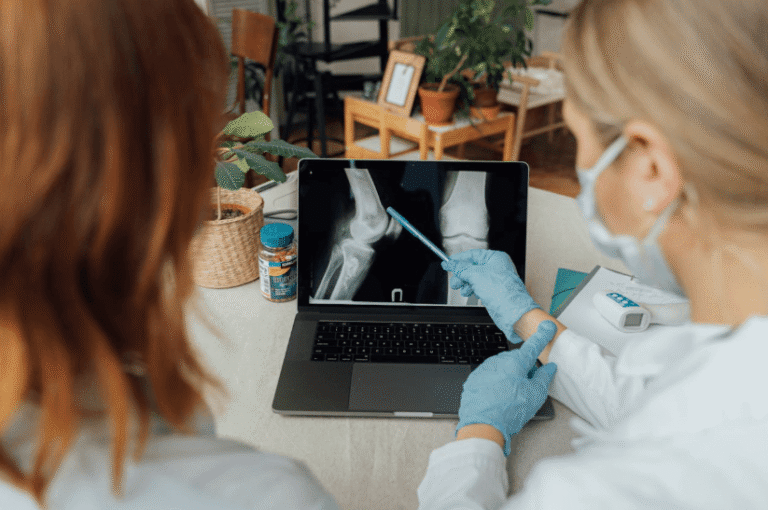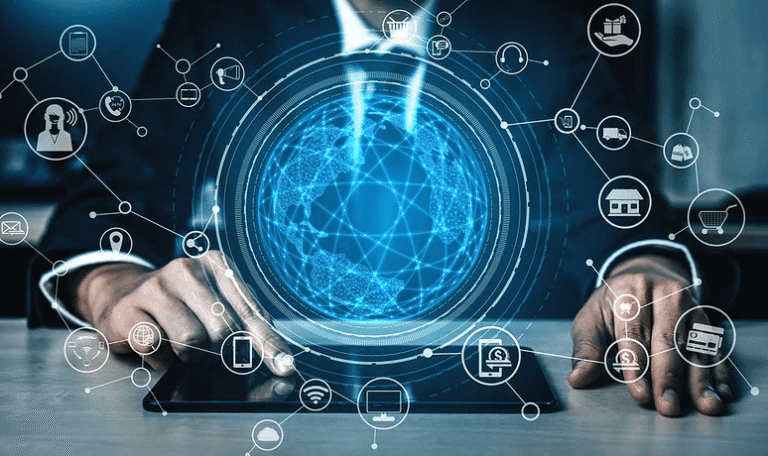How Iot Is Enhancing Public Safety in Cities
The integration of the Internet of Things (IoT) into urban infrastructure is transforming public safety mechanisms. Real-time monitoring capabilities enable swift responses to incidents, while smart technologies facilitate proactive crime prevention. These advancements not only enhance emergency management but also foster community involvement in safety initiatives. As cities increasingly rely on this interconnected framework, questions arise about the implications for privacy and resource allocation. The evolving landscape warrants further examination of its potential benefits and challenges.
See also: How Digital Twins Are Transforming the Manufacturing Industry
Real-Time Monitoring and Emergency Response
Real-time monitoring is becoming increasingly vital for enhancing emergency response systems in urban environments.
Integrating advanced traffic management and health monitoring technologies allows for swift data analysis and resource allocation. This innovative approach empowers city officials to respond effectively to emergencies, optimizing critical pathways and ensuring health services are mobilized promptly.
Ultimately, this fosters a safer atmosphere where citizens can exercise their freedom without fear.
Crime Prevention Through Smart Technologies
The integration of smart technologies into urban environments is revolutionizing crime prevention strategies.
By employing predictive analytics, law enforcement agencies can foresee potential criminal activities, enabling proactive measures.
Additionally, fostering community engagement through smart platforms enhances collaboration between citizens and police, promoting a collective responsibility for safety.
This innovative approach not only deters crime but also empowers communities, reinforcing the essence of freedom in urban living.
Disaster Management and Resilience Strategies
As urban centers face increasing threats from natural disasters, the implementation of Internet of Things (IoT) technologies is transforming disaster management and resilience strategies.
IoT enhances disaster preparedness by providing real-time data analysis, enabling swift decision-making and resource allocation.
This technological integration fosters urban resilience, empowering cities to anticipate, respond to, and recover from emergencies, ultimately promoting safer and more sustainable environments for citizens.
Conclusion
In the intricate tapestry of urban life, IoT weaves together threads of technology and community, fostering a safer environment. With real-time monitoring acting as a vigilant guardian and smart technologies serving as proactive sentinels, cities are transformed into resilient bastions against crime and disaster. As data flows like a lifeblood through the veins of infrastructure, city officials and citizens alike emerge as stewards of safety, collaborating in a harmonious dance toward a brighter, more secure future.
